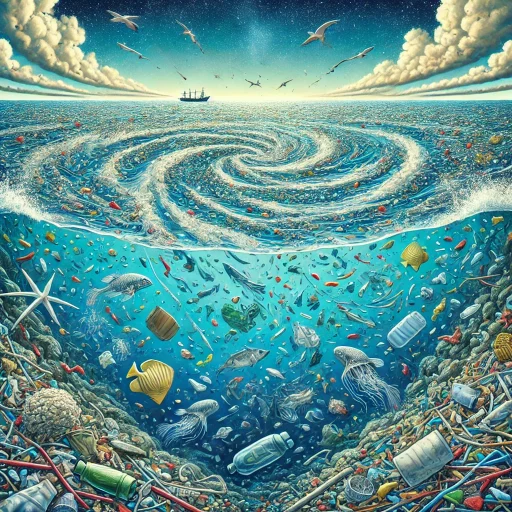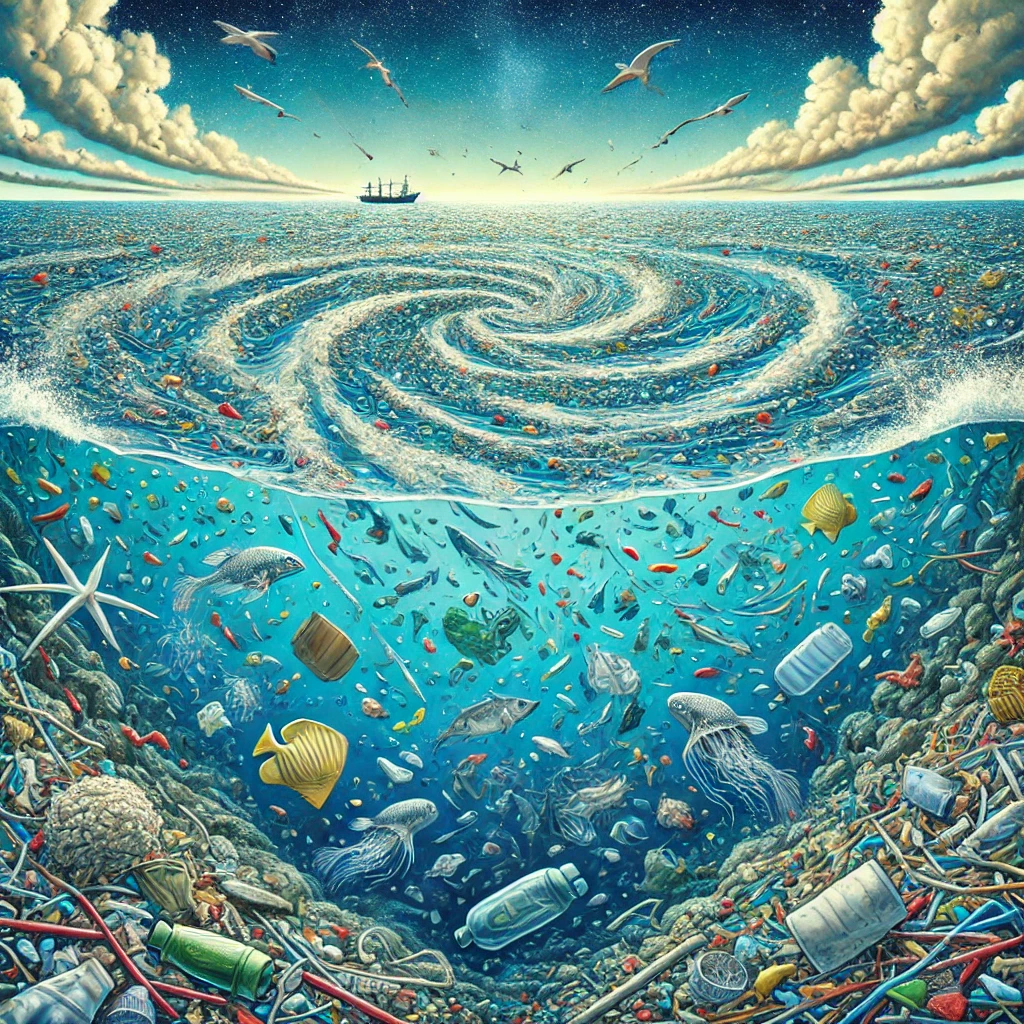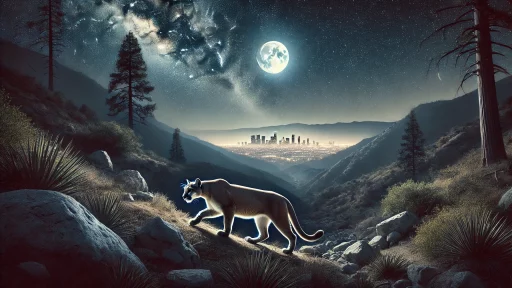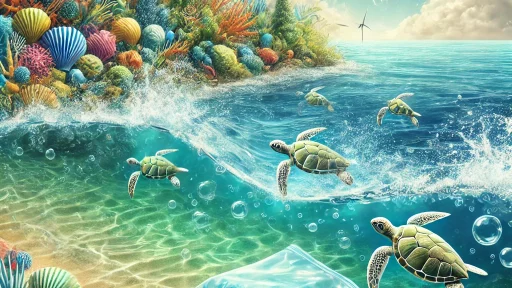A Plastic Soup in the Pacific
Imagine a vast, swirling soup of plastic debris floating in the Pacific Ocean, called the North Pacific Garbage Patch. Recent research has revealed a troubling trend: the amount of small plastic fragments in this area is increasing at an alarming rate, raising concerns for marine ecosystems and the planet’s overall health.
A Fivefold Increase in Plastic Fragments
Over a seven-year period (2015–2022), scientists analyzed samples from the garbage patch. They discovered that the density of small plastic fragments—each about the size of a fingernail—jumped from 2.9 kilograms per square kilometer to 14.2 kilograms per square kilometer. This nearly fivefold increase indicates that plastics discarded decades ago are breaking down into smaller pieces, and accumulating in the ocean.
Threats to Marine Life and Ecosystems
The rise in these plastic fragments poses significant threats to marine life. Fish, birds, and other animals often mistake the debris for food, leading to ingestion that can cause internal injuries or death. Additionally, tiny plastics interfere with zooplankton, essential creatures in the ocean’s food web and carbon cycle. These disruptions can have ripple effects, potentially altering marine ecosystems and impacting global climate regulation.
A Call for Global Action
The study underscores the persistent impact of plastic pollution. Plastics discarded many years ago continue to break down and threaten ocean health. Addressing this issue requires global cooperation to reduce plastic use, improve recycling, and invest in innovative cleanup solutions. Taking action now is crucial to protecting marine ecosystems and preserving our oceans for future generations.





